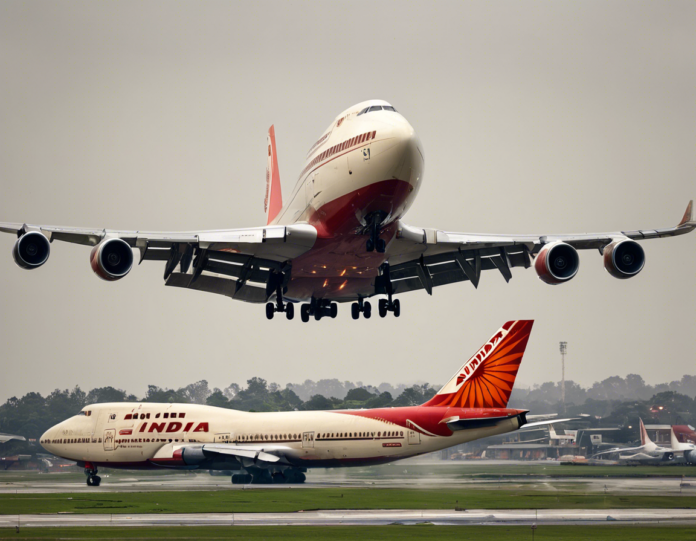With a rich history spanning over six decades, Air India has been a prominent player in the global aviation industry. One of the airline’s most iconic aircraft models has been the Boeing 747, reflecting the pinnacle of luxury and sophistication in air travel. However, as the aviation landscape evolves rapidly, there has been significant speculation and discussion about the fate of Air India’s Boeing 747 fleet. In this article, we delve into the status of Air India’s Boeing 747 fleet, exploring whether these majestic planes are still in service and the impact on the airline’s operations.
Evolution of Air India’s Boeing 747 Fleet
The Boeing 747, often referred to as the “Queen of the Skies,” has long been synonymous with Air India’s premium long-haul services. The airline first introduced the Boeing 747-200 series in the 1970s, revolutionizing air travel with its spacious interiors and enhanced passenger comfort. Over the years, Air India expanded its fleet to include newer variants such as the Boeing 747-400, catering to the growing demand for international travel.
Current Status and Operations
In recent years, there has been a shift in the global aviation industry towards more fuel-efficient and technologically advanced aircraft. As a result, many airlines, including Air India, have phased out older aircraft models like the Boeing 747 in favor of modern twin-engine jets such as the Boeing 777 and Boeing 787 Dreamliner.
Air India officially retired its last Boeing 747 aircraft in 2017, marking the end of an era for the iconic jumbo jet in the airline’s fleet. The decision to retire the Boeing 747 was driven by economic factors, with the older aircraft requiring higher maintenance costs and consuming more fuel compared to newer models.
Legacy and Impact
The retirement of the Boeing 747 fleet holds significant symbolic value for Air India, as these aircraft played a pivotal role in shaping the airline’s identity and reputation for luxurious air travel. The spacious cabins, distinctive hump design, and unparalleled comfort of the Boeing 747 earned the admiration of passengers worldwide, solidifying Air India’s position as a leading carrier in the long-haul market.
While the retirement of the Boeing 747 fleet may be bittersweet for aviation enthusiasts and loyal passengers, it reflects Air India’s commitment to modernizing its operations and aligning with industry best practices. By investing in newer, more fuel-efficient aircraft, the airline aims to enhance operational efficiency, reduce environmental impact, and maintain high standards of service for its customers.
FAQs:
-
Are any Boeing 747 aircraft still in service with Air India?
No, Air India retired its entire Boeing 747 fleet in 2017. -
What were the main reasons for phasing out the Boeing 747 aircraft?
The decision was driven by economic factors, including higher maintenance costs and fuel consumption compared to newer aircraft models. -
What aircraft have replaced the Boeing 747 in Air India’s fleet?
Air India has introduced modern twin-engine jets such as the Boeing 777 and Boeing 787 Dreamliner to replace the Boeing 747. -
How did the Boeing 747 contribute to Air India’s legacy in the aviation industry?
The Boeing 747 played a significant role in establishing Air India’s reputation for luxury and comfort in long-haul travel, becoming an iconic symbol of the airline. -
What benefits does the retirement of the Boeing 747 fleet offer for Air India?
Retirement allows Air India to streamline its fleet, reduce operating costs, and improve overall efficiency through the use of newer, more advanced aircraft.
In conclusion, while the retirement of Air India’s Boeing 747 fleet marks the end of an era, it also signifies a new chapter in the airline’s journey towards innovation and sustainability in aviation. By embracing modern aircraft technologies and operational practices, Air India continues to strive for excellence in delivering premium air travel experiences to passengers around the world.









